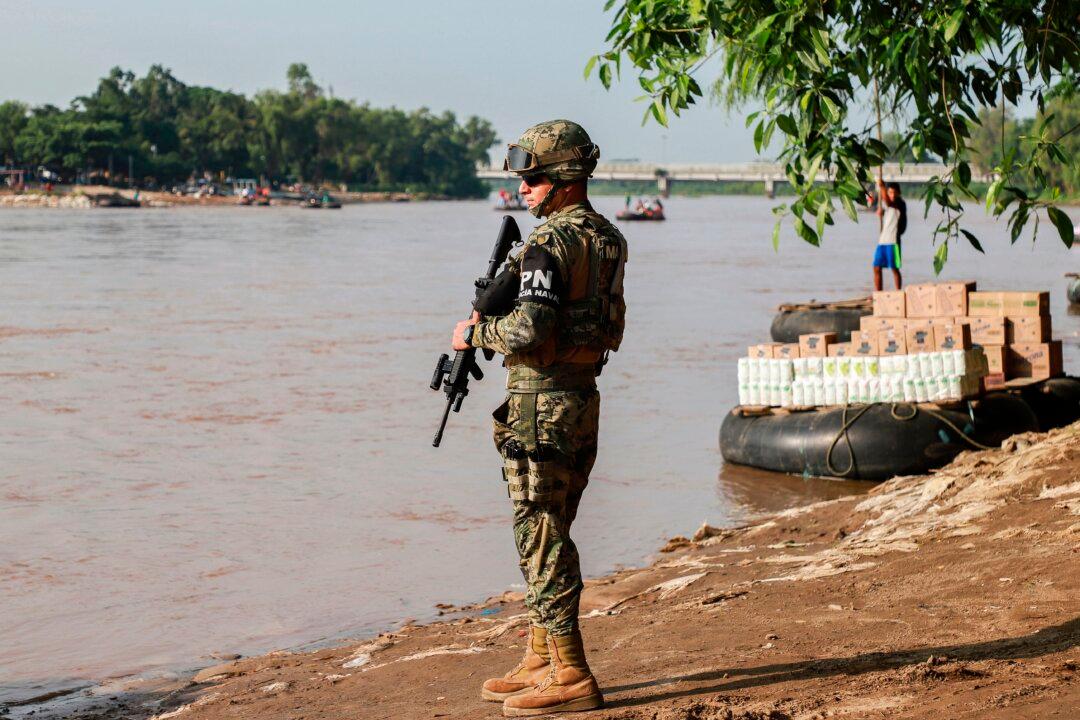WASHINGTON—As the United States and Mexico advance toward an agreement on how to handle illegal immigration, Mexico is slowly starting to cinch up its southern border with Guatemala.
Mexican President Andrés Manuel López Obrador (AMLO) said in a June 14 press conference that 68 points along the 540-mile Mexico–Guatemala border are currently uncontrolled.





